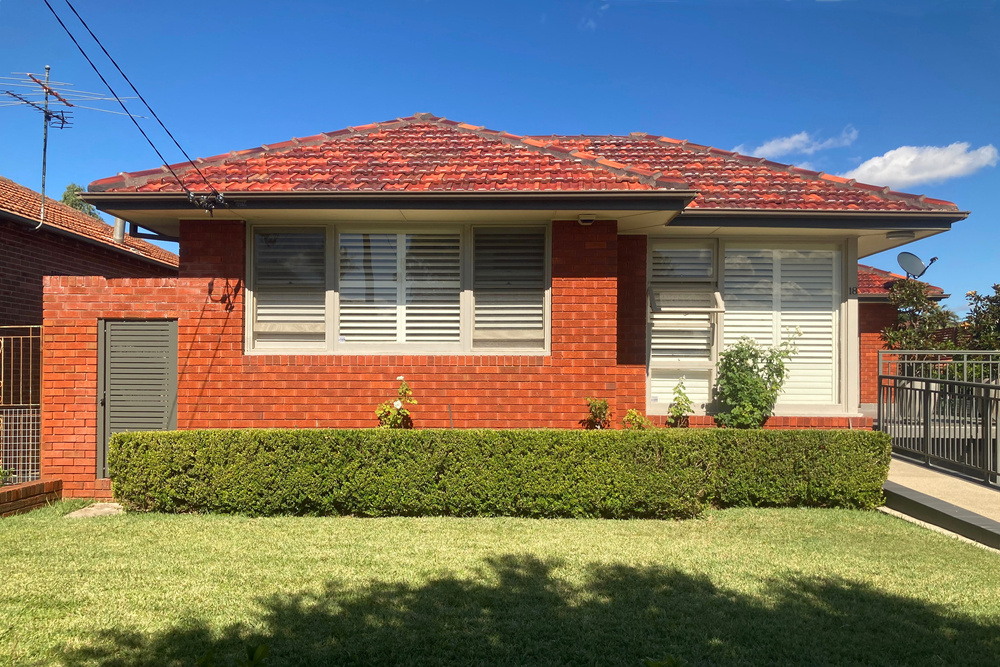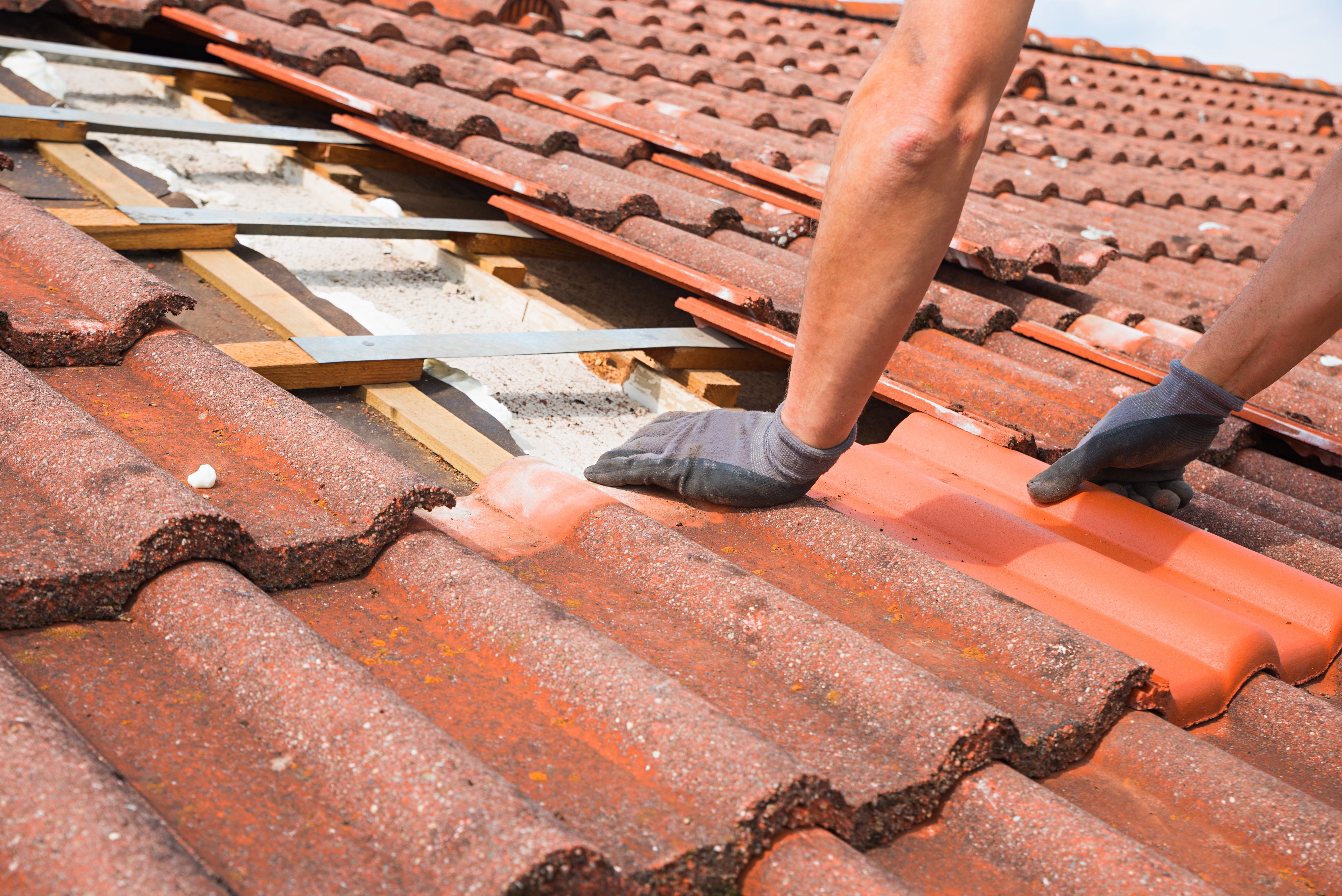.jpg)
Jul
What Causes Condensation on Ceiling?
Have you noticed a damp spot on your ceiling? Whilst this may be a concern, it’s not necessarily a sign that your roof is leaking. Instead, it could be caused by condensation.
What is Condensation?
Condensation is a natural process that occurs when water vapor in the air changes into liquid water. This transformation typically happens when warm, moist air comes into contact with a cooler surface, such as a ceiling, window, or even a cold drink can. As the warm air cools down, it loses its capacity to hold moisture, leading to the formation of water droplets on the cooler surface. This process is similar to the foggy breath you see on a chilly day or the beads of water that form on the outside of a cold drink.
Understanding condensation is crucial for homeowners because it can lead to significant issues within a home if not properly managed. When condensation occurs inside a house, it often appears as damp patches on walls, windows, and ceilings. These damp areas can not only be ugly but can also cause structural damage, encourage mold growth, and lead to a host of other problems if left untreated.
In this article, we’re exploring condensation to give you a better idea of its impact on your home. Then we'll delve deeper into how to distinguish condensation from other water-related issues, explore common causes, and provide practical tips on how to prevent condensation and create a healthy living environment. Let’s dive in.
Why is Condensation Bad for my Home?
Ceiling condensation is detrimental to a home for several reasons, primarily due to the potential for extensive damage and health hazards. While it may seem like a minor inconvenience, moisture can have significant negative effects on your home if left unchecked. These issues can include:
- Structural Damage: Prolonged exposure to moisture can weaken the structural integrity of your home. Wooden beams and drywall can become saturated with water, leading to rot and decay. Over time, this can compromise the safety and stability of your home's framework.
- Mould and Mildew Growth: One of the most serious consequences of condensation is the growth of mold and mildew. These fungi thrive in damp, humid environments and can quickly spread across ceilings, walls, and other surfaces. Mould not only looks ugly but can also pose health risks, particularly to individuals with allergies, asthma, or other respiratory conditions. Inhaling mould spores can lead to a variety of health issues, including coughing, sneezing, and more severe respiratory problems.
- Damage to Paint and Wallpaper: Condensation can cause paint to peel and wallpaper to blister and detach from the walls. This can lead to additional costs for repairs and redecoration. In some cases, the damage may be extensive enough to require complete reapplication of paint or wallpaper, which can be both time-consuming and costly.
- Increased Energy Costs: Poor insulation and ventilation, which contribute to condensation, can also lead to higher energy bills. When your home is not properly insulated, it takes more energy to heat and cool, resulting in increased utility costs. By addressing these issues, you can improve energy efficiency and reduce your overall energy consumption.
Is it Condensation or a Leaky Roof?
One of the first steps in addressing water issues on your ceiling is to determine whether it's caused by condensation or a leaky roof. Here are some ways to differentiate between the two.
- Location and Pattern: Condensation typically appears in a uniform pattern, often around the perimeter of the ceiling or near windows. A leaky roof, on the other hand, usually results in isolated wet spots or stains, often accompanied by discoloration or mold growth in specific areas.
- Time of Appearance: Condensation is more likely to occur during colder months when indoor air is warmer and more humid than outdoor air. Leaks can happen anytime but are often more noticeable during or after heavy rainfall.
- Inspection: Check the attic or roof space for signs of water ingress. If you find wet insulation, water stains, or obvious gaps in the roof, you likely have a leaky roof. Condensation-related issues won't typically involve these symptoms.
Common Causes of Condensation
Several factors can contribute to condensation or moisture on ceilings. Understanding these causes can help you address the issue more effectively. These include:
- Poor Ventilation: Inadequate ventilation in your home can trap moisture-laden air, especially in areas like bathrooms, kitchens, and laundry rooms. This trapped moisture eventually condenses on cooler surfaces like ceilings.
- High Humidity Levels: High indoor humidity, often due to activities like cooking, showering, and drying clothes indoors, can increase the likelihood of condensation. Homes in humid climates are particularly susceptible.
- Inadequate Insulation: Poor insulation can lead to temperature differences between indoor and outdoor surfaces, causing condensation. Insufficient insulation in the attic or around ductwork can exacerbate this problem.
- Unsealed Windows and Doors: Gaps around windows and doors can allow warm, moist air to escape into cooler areas, leading to condensation on nearby surfaces.
- Improper Heating: Uneven heating in your home can create cold spots where condensation is more likely to form. For example, rooms that are not adequately heated may have cooler ceilings prone to condensation.
How to Prevent Condensation
Preventing condensation on your ceilings requires a combination of reducing indoor humidity, improving ventilation, and ensuring proper insulation. Here are some practical tips to help you prevent condensation.
- Improve Ventilation: Ensure that areas prone to high humidity, such as bathrooms and kitchens, are well-ventilated. Use exhaust fans during and after activities that generate moisture, and consider installing a whole-house ventilation system if necessary.
- Use a Dehumidifier: In homes with consistently high humidity levels, using a dehumidifier can help reduce excess moisture in the air. This can be particularly useful in basements and other areas where humidity tends to accumulate.
- Seal Gaps and Cracks: Check for and seal any gaps or cracks around windows, doors, and other openings to prevent warm, moist air from escaping into cooler areas. Weatherstripping and caulking can be effective solutions.
- Insulate Properly: Ensure that your home is adequately insulated, particularly in the attic and around ductwork. Proper insulation helps maintain a consistent indoor temperature and reduces the likelihood of condensation forming on ceilings.
- Maintain Consistent Heating: Keep your home at a consistent temperature to avoid cold spots. This may involve using space heaters in particularly cold areas or improving your overall heating system.
By understanding the causes of condensation and implementing these preventive measures, you can keep your ceilings dry and free from moisture-related problems. Regular maintenance and attention to your home's ventilation, insulation, and humidity levels will go a long way in preventing condensation and ensuring a comfortable living environment.
Is your Roof Leaking?
Ongoing issues with moisture or condensation in your walls or ceiling could be a sign of something more serious, such as a leaky roof.
Even a small leak can lead to significant damage if not addressed. Don’t take the risk. Talk to our experienced roofing contractors today. We will assess your roof and recommend the best solution for your home.



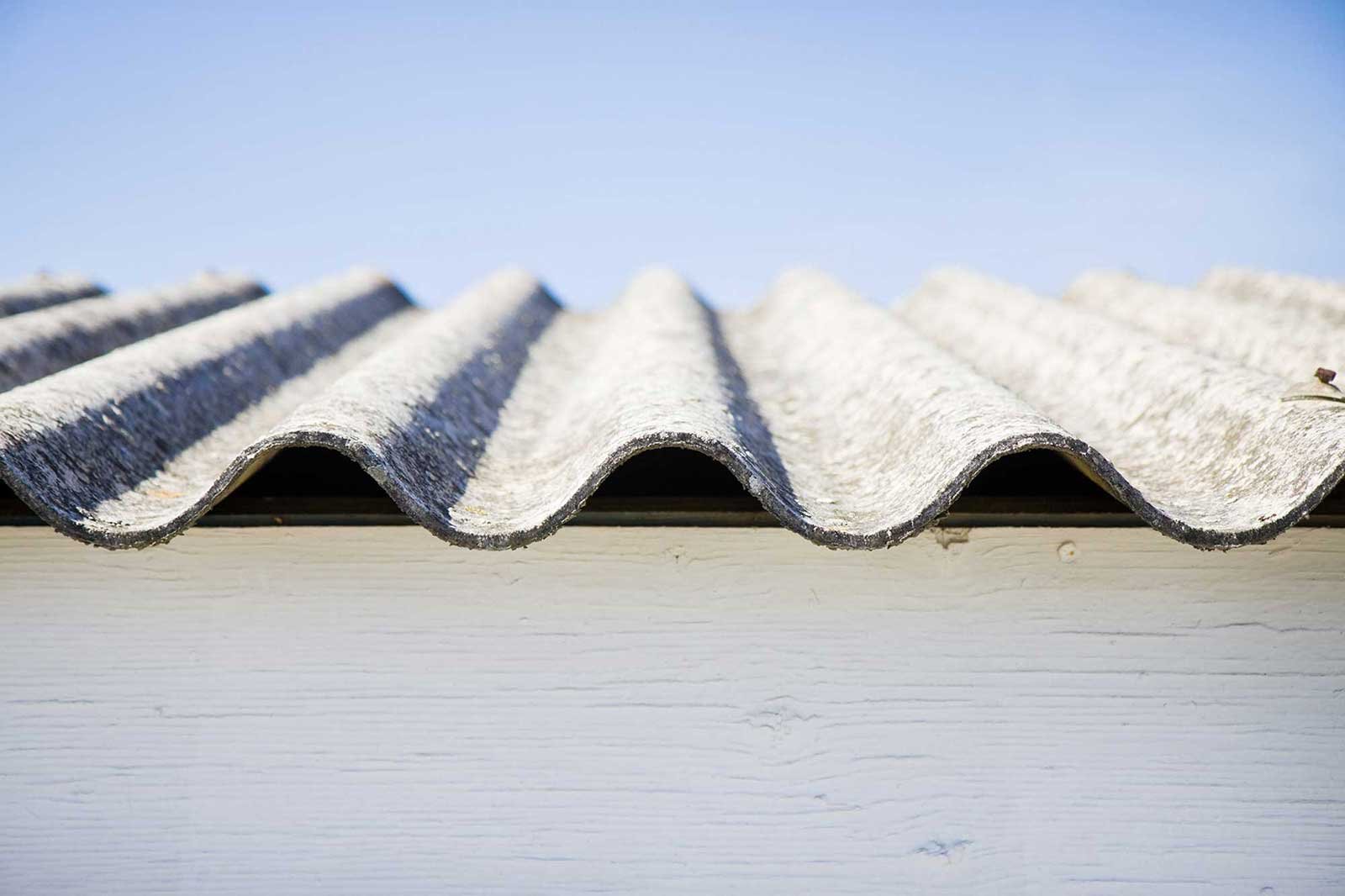






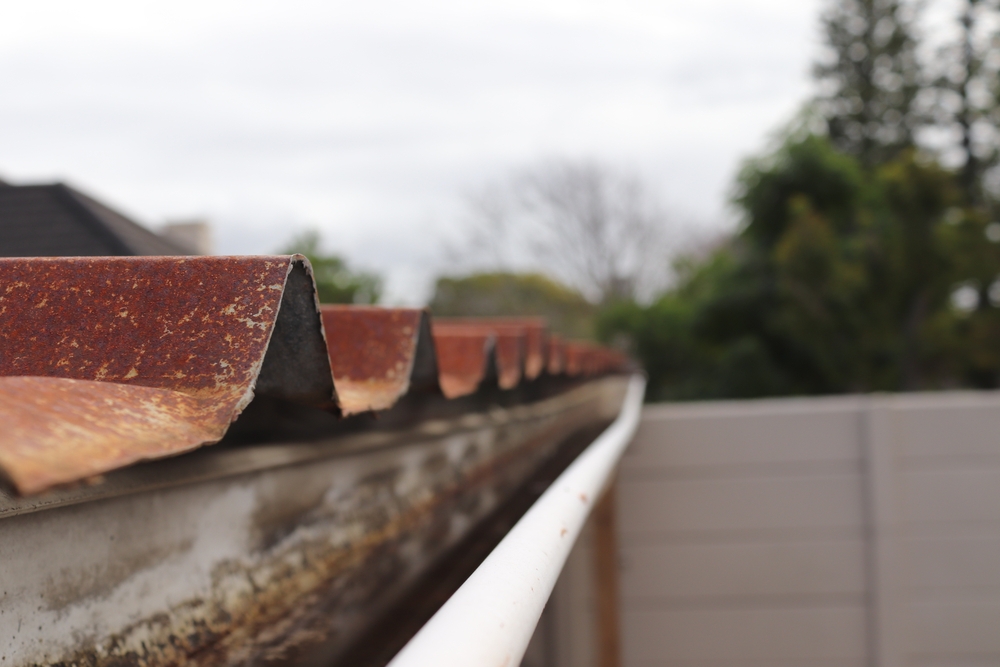
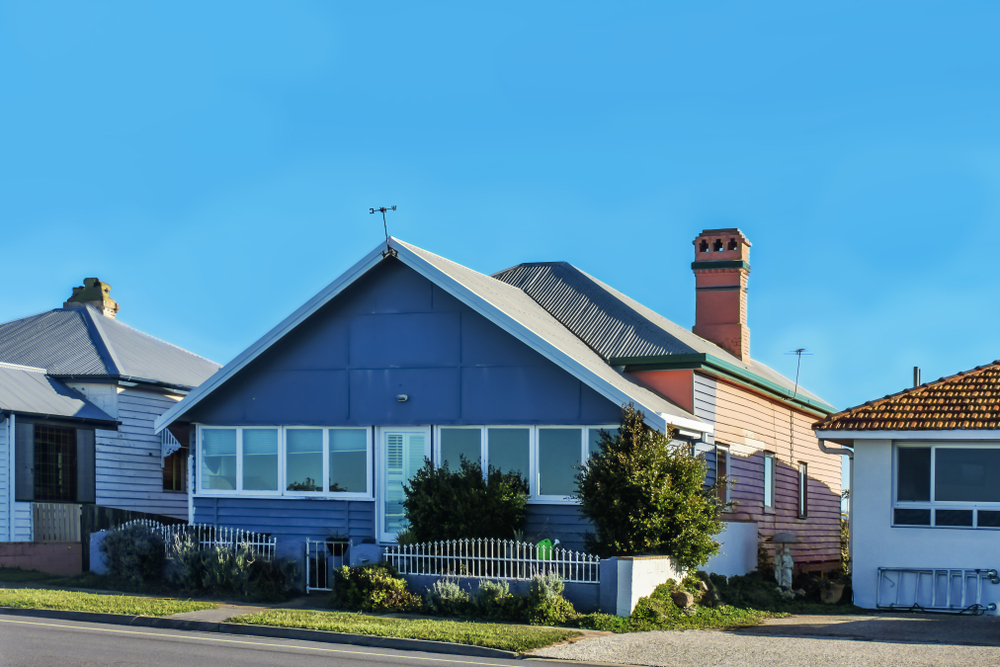
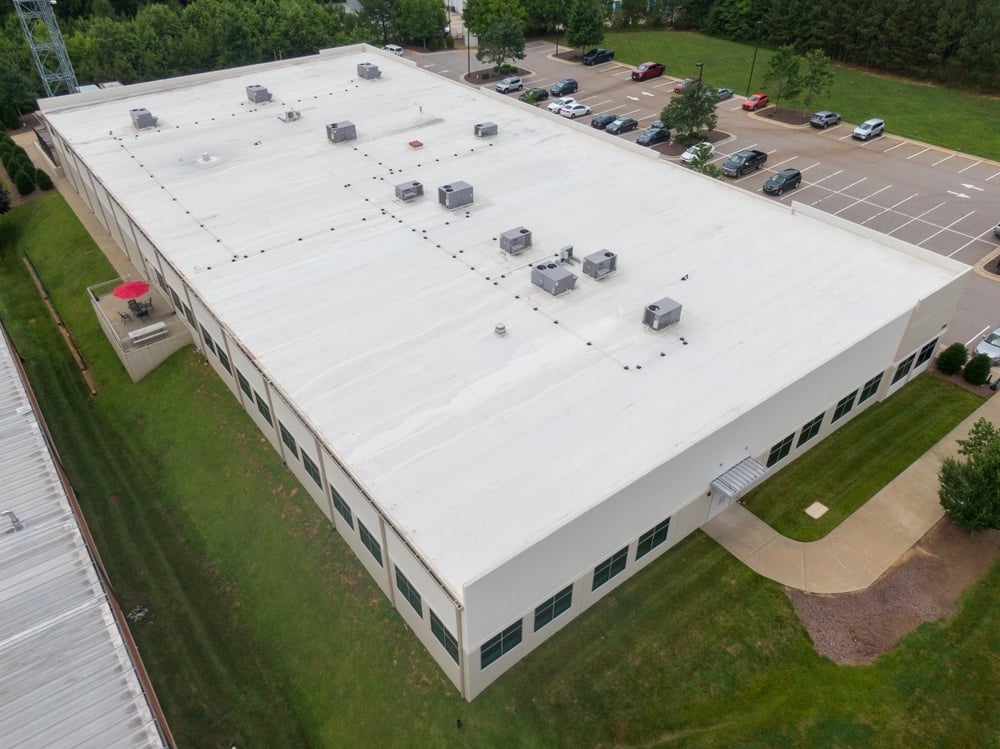
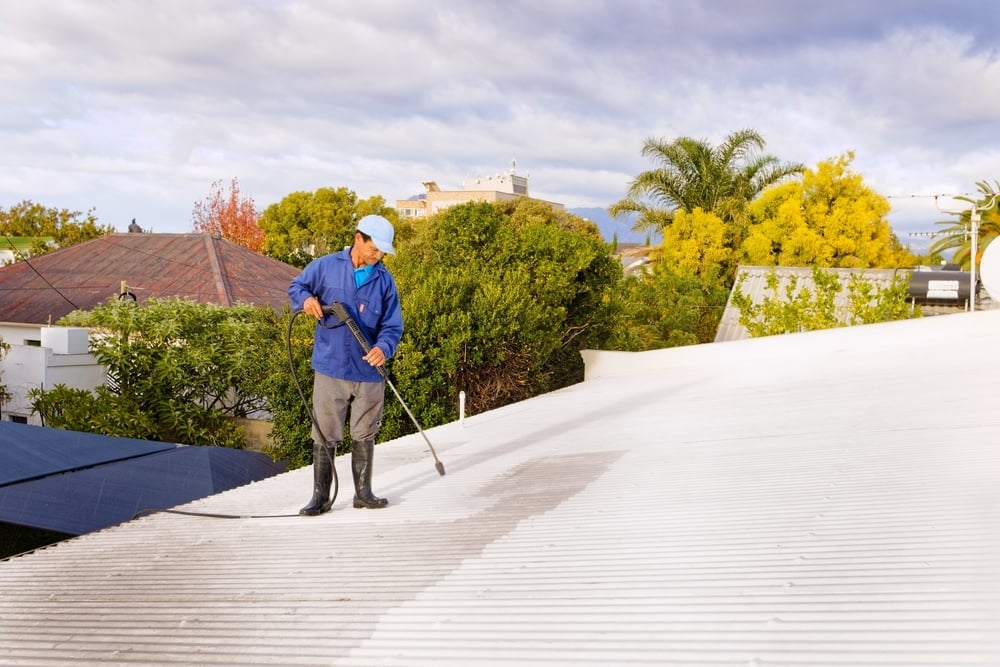
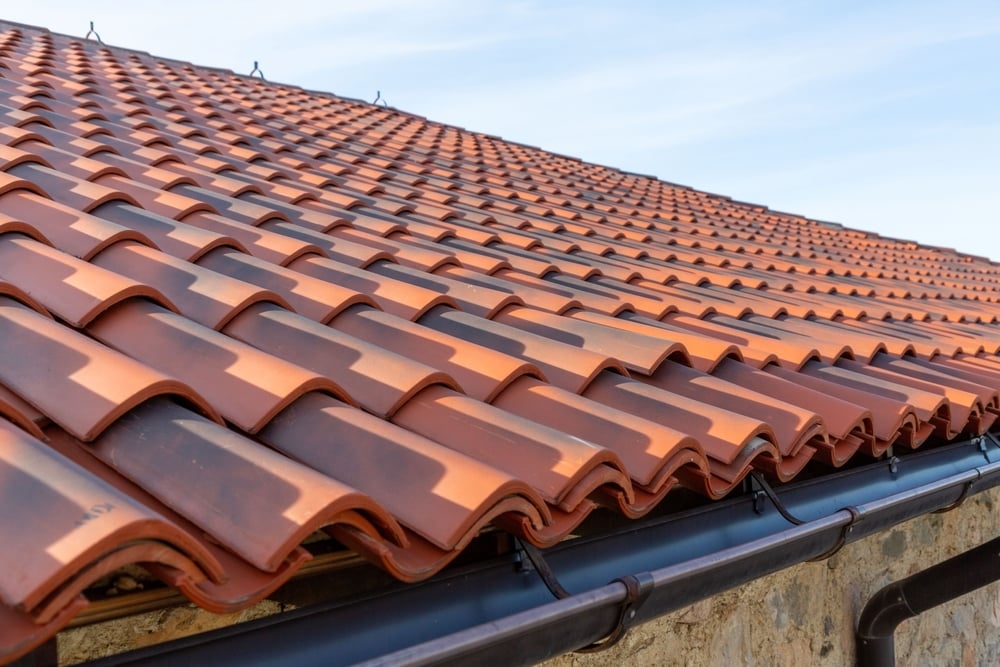
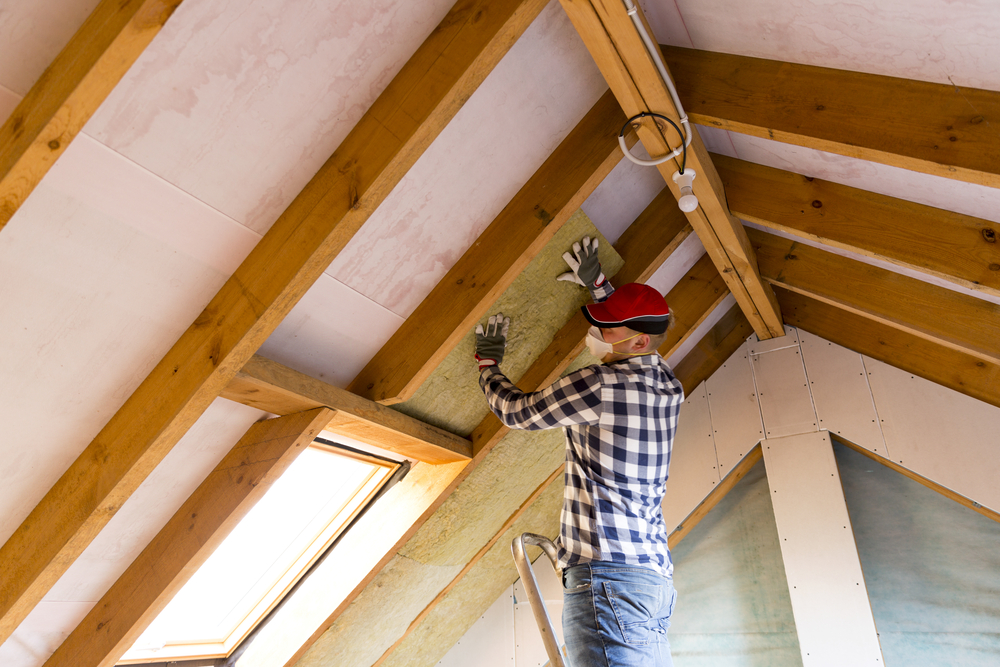
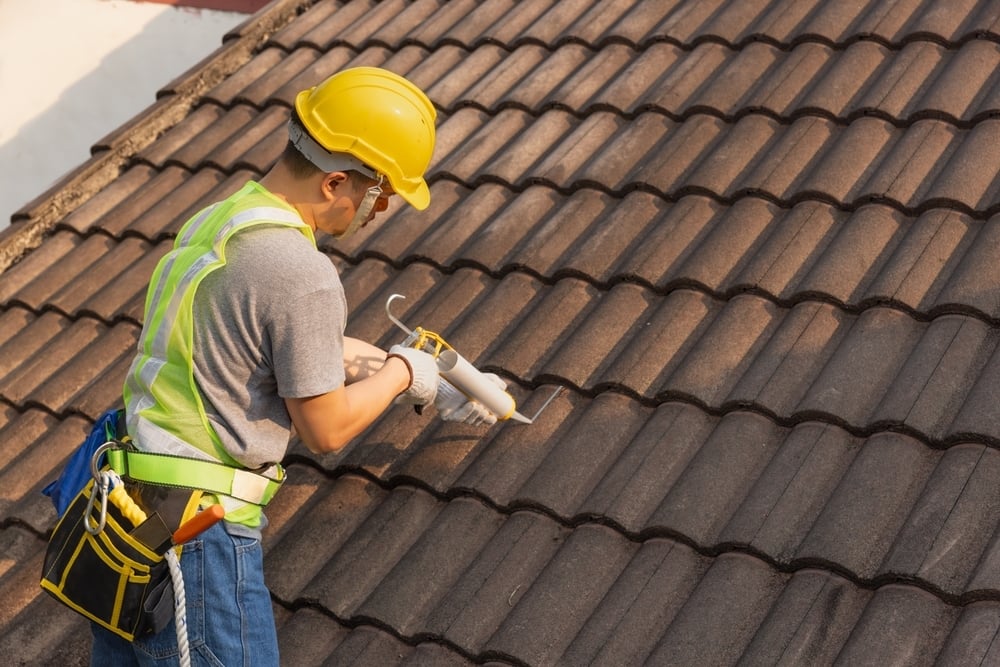
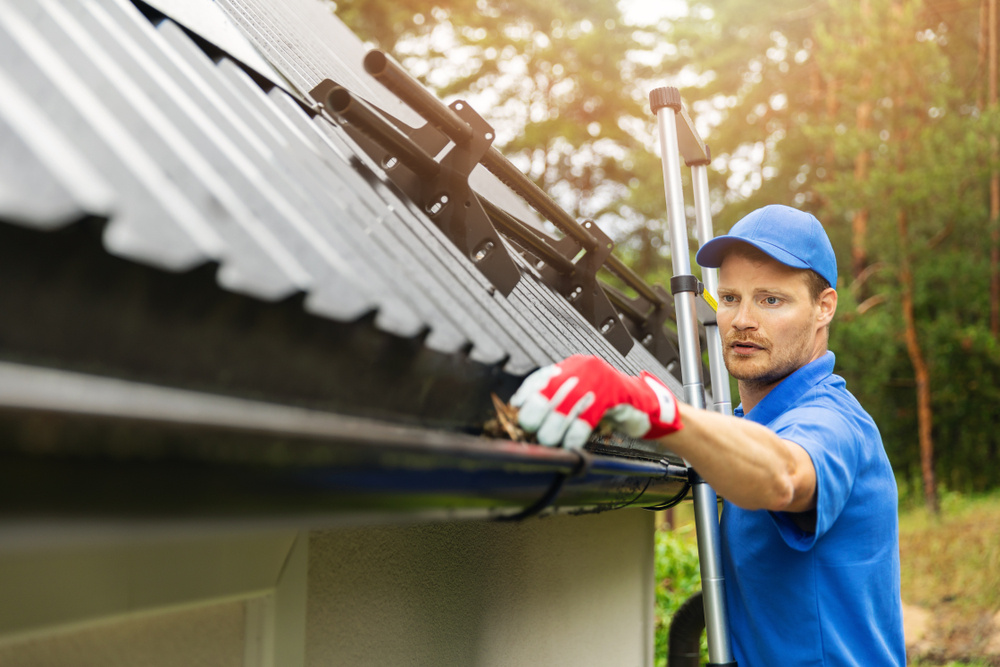

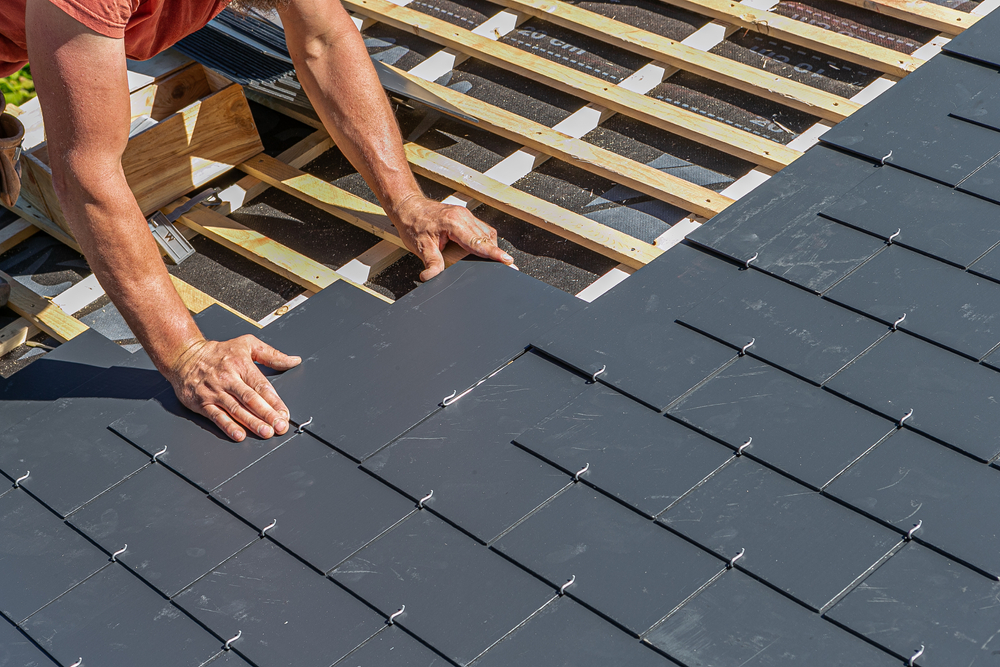
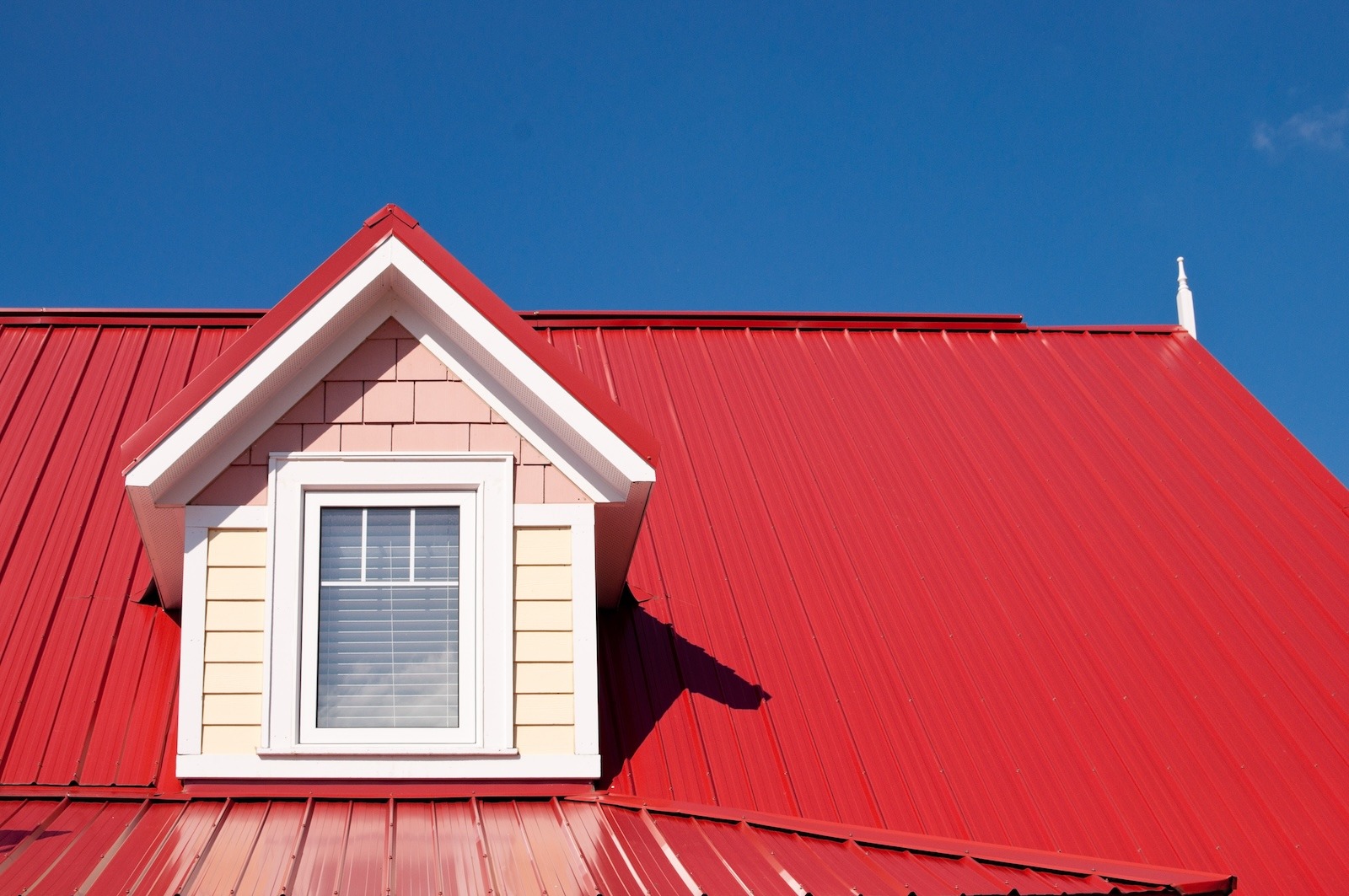
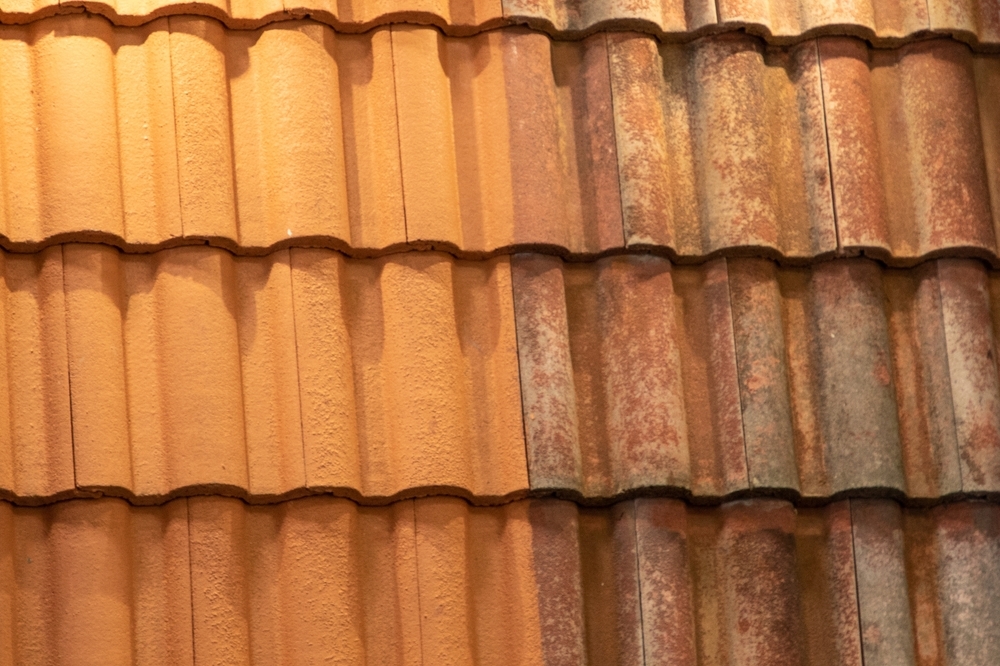
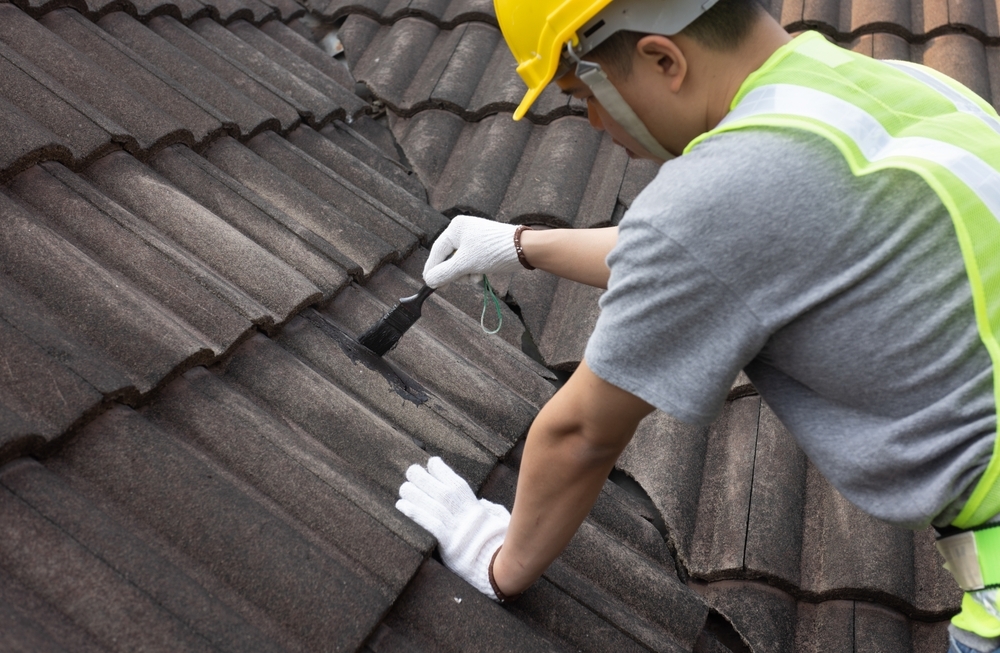
.jpg)
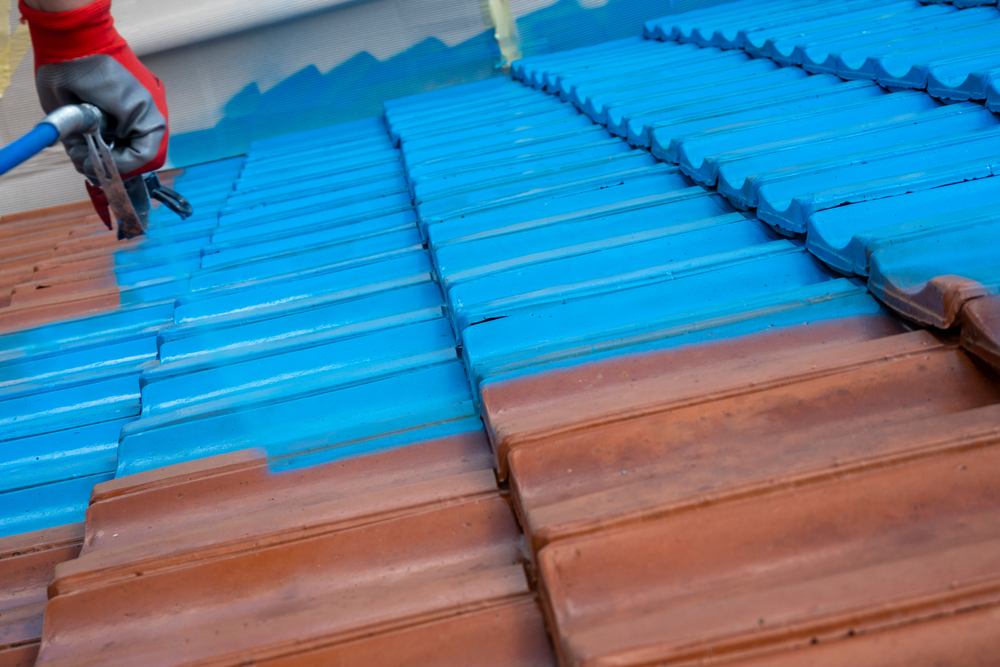
.jpg)
